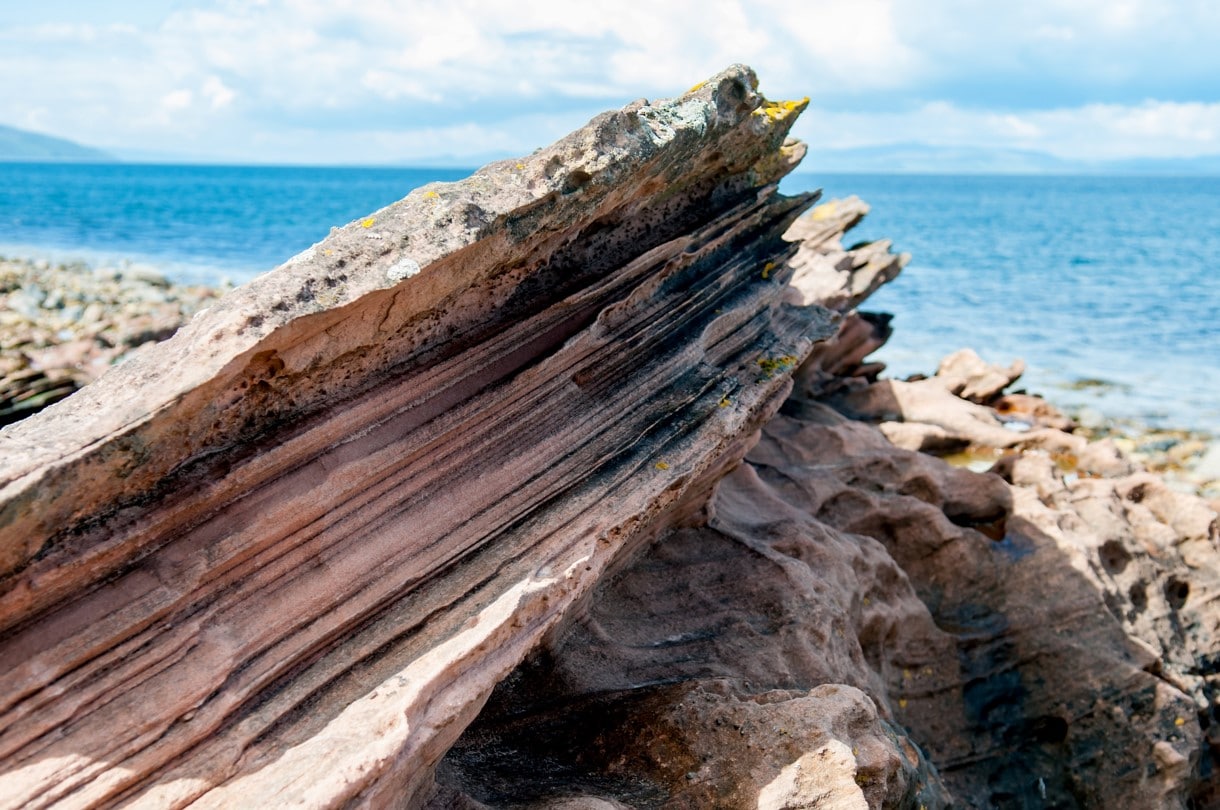However, Shell is now actively drilling a total number of four new development wells in the field, as outlined yesterday by Shell UK Development Manager Marianne Eide at the Devex 2020 opening address.
NCS Exploration – Recent Discoveries goes digital! – October 14-15
The field in Quadrant 23 of the Central North Sea is not a standard four-way dip closure. In the north, a salt diapir intruded into the Paleocene succession, causing the Forties reservoir to abut against the salt. Previously seen as a separate accumulation, the southern part of the field is a low relief structure instead. Towards the east, the Forties sands pinch-out against the Jaeren High.

Map showing the Arran field in relation to the Paleocene sand flow paths as mapped through seismic interpretation and well log correlation. It can clearly be seen that the field is at the end of one of the Forties sand distribution systems. Figure adapted from Jones et al. (2015).The reservoir itself constitutes of distal Forties turbiditic sands, so there is an alternation of good quality intervals and poorer mud-prone sections. That is the reason why – after Shell took over operatorship from Dana in 2018 – a lot of work has been going into optimising well paths.
In addition to the challenging reservoir characteristics, the field does not show a consistent fluid level and also displays different gas compositions. Combined with the interpretation of faults radiating away from the salt dome, it is likely that the reservoir is compartmentalised. For the developer this added further emphasis to optimising well trajectories.
At peak production, Arran is expected to produce around 100 million standard cubic feet per day of gas and 4,000 barrels per day of condensate, which combined equates to 21,000 barrels of oil equivalent per day. The natural gas and liquids they produce will be transported via the newly installed subsea pipeline to the Shearwater platform.
HENK KOMBRINK






